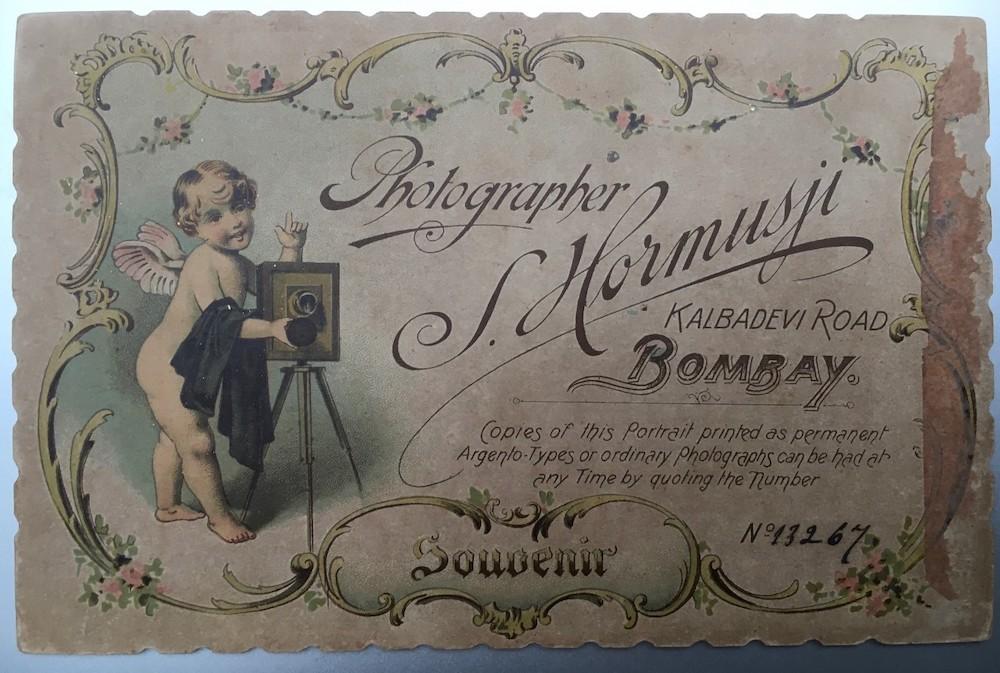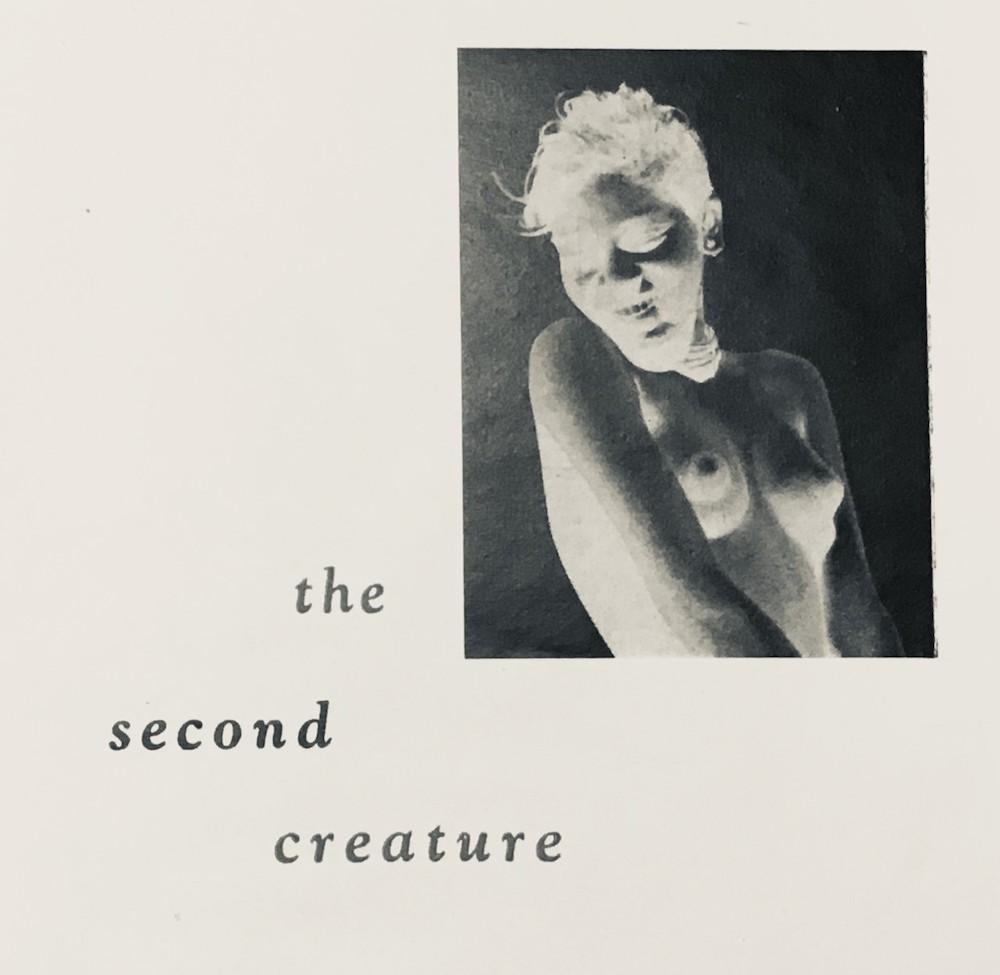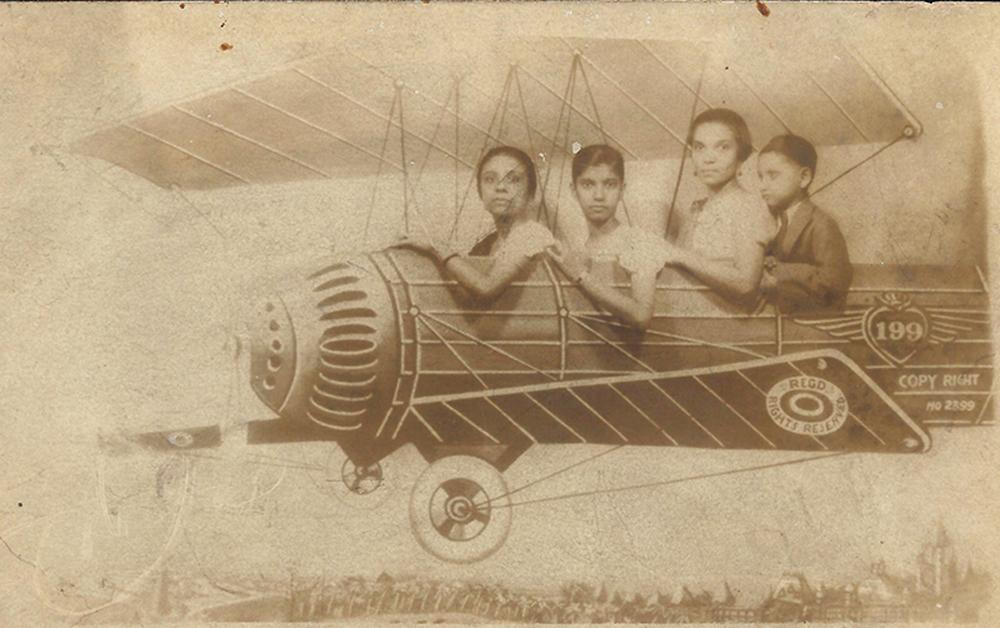On a World-System Photography: Christopher Pinney's Seven Theses on Photography

Verso of S. Hormusji Cabinet Card. (Mumbai, c. 1880.)
While thinking about photography continues to proliferate and explore new territories of public life and social history, one often struggles to find a unified “theory” of photography in contemporary times. Christopher Pinney, Professor of Anthropology and Visual Culture at University College London—having worked extensively in the field of visual cultures of India and South Asia—has attempted to address this. In an article published in the journal Thesis Eleven in 2012, Pinney presented a series of inter-connected propositions which seek to return the theorisation of photography to the primacy of what he calls the “pro-filmic.” Here, a distinction is made between the actual photograph which is an image limited by its frame, and the event of the photograph, which includes the larger scene within which the photograph takes place. The “pro-filmic” then, simply refers to everything that is within the frame of the camera, before the photograph is captured. Through these theses, and his work at large, Pinney makes the case for a globalised understanding of the field which folds “belated” and “vernacular” histories into the global narrative of images.
All photography is part of world-system photography
Reflecting on his own work researching image cultures in India, Pinney writes, “Work in the ‘periphery’ has to confront a deeply-embedded structure of knowledge which distinguishes between normative and variant practices.” He interrogates hegemonic histories of photography rooted in Euro-America and how they continue to define the discipline. Arguing for a movement away from this problematic canonisation of the West, he says, “We now need a ‘world-system photography’, one which grasps the historical inter-connectedness of practice and ceases to ghettoize ‘non-normative’ practices.”

Design before the Title Page by Satyajit Ray in Sunil Janah’s Second Creature. (Kolkata, 1949.)
Photography presents “always positively, in a certain shape”
Comparing photographic representation with the representational capacities of language, Pinney cites Bernadette Bucher’s book about Theodor de Bry’s late sixteenth-century copperplate engravings of the Americas. Bucher makes a startling claim, namely that, in the visual, negation is impossible: “It is impossible to portray a thing by what it is not: it is present or absent, and if it appears, it is always positively, in a certain shape.” He emphasises how captions and anthropological writing around photographs can mobilise the capacity of language to negate. While the caption might dwell on the apparent nakedness of a human body, the photograph itself merely records bodies and skin. “Bucher might respond,” Pinney writes, that “(the image) simply records a body in clothes and is not able to say anything about the wider social/cultural constructions to which the objects placed in front of the camera are destined to be yoked.”

Photograph Taken in a Travelling Mela Studio. (Probably Mumbai, c. 1920.)
The “corps” and “corpus” are different
Expanding on philosopher and literary theorist Roland Barthes’ ideas, Pinney defines the “corps” as the object that is being photographed and is visible in front of the camera. It is the body of the photographic subject that is captured by a lens and made into an image. On the other hand, “The corpus signifies all those normalizing generalities which we expect the real to generate but which in its photographic specificity it is unable to sustain.” It refers to all the ideas, norms and interpretations that the photograph is capable of generating, through subsequent readings of the image. This “corpus” is not necessarily attached to the event of the photograph, rather it is largely dependent upon the contexts within which it is read. Thus, while the “corps” exists within the photograph, the “corpus” floats outside of it, between the image and its viewer.
A continuation of this discussion, along with his last four theses on photography is presented in a following post. Please search for "Both Poison and Cure: Christopher Pinney's Seven Theses on Photography" in the Stories section.
All images are from the private collection of Christopher Pinney.




